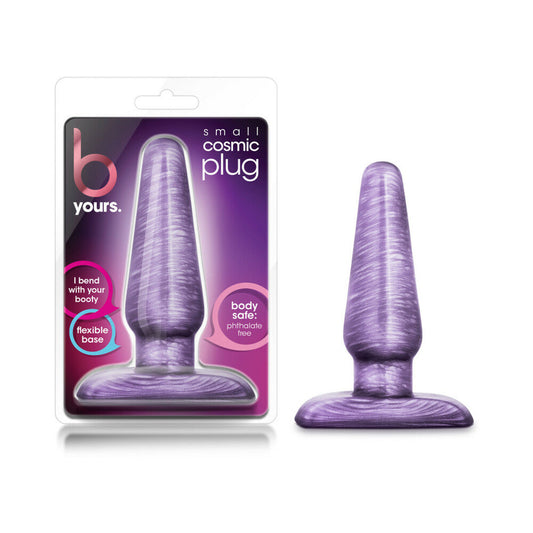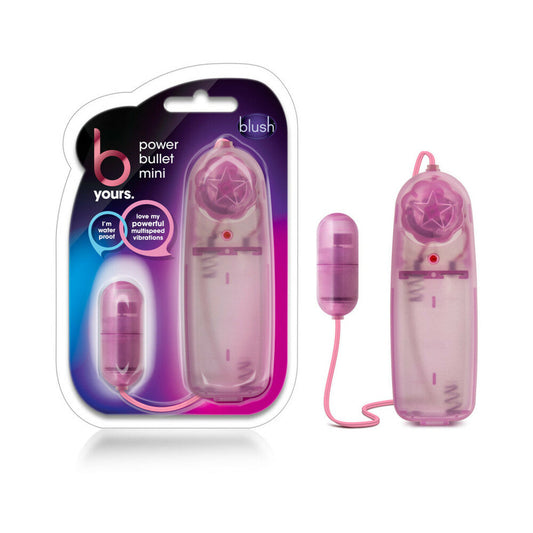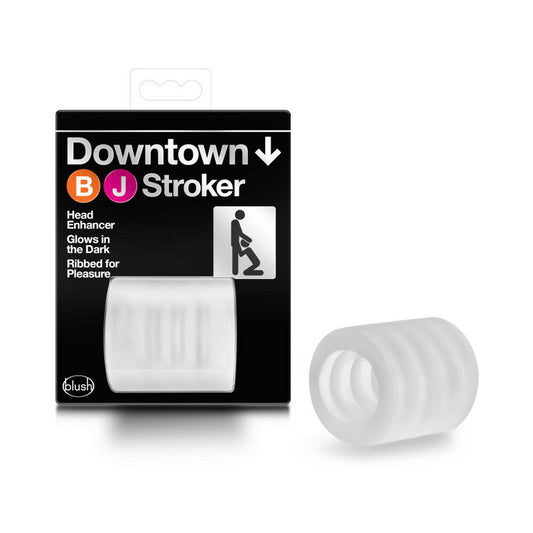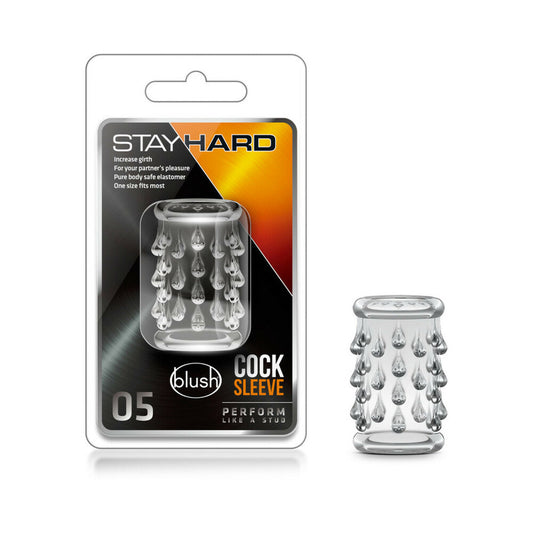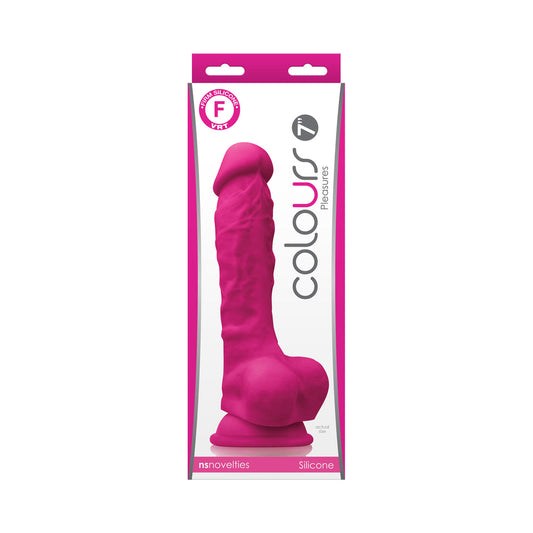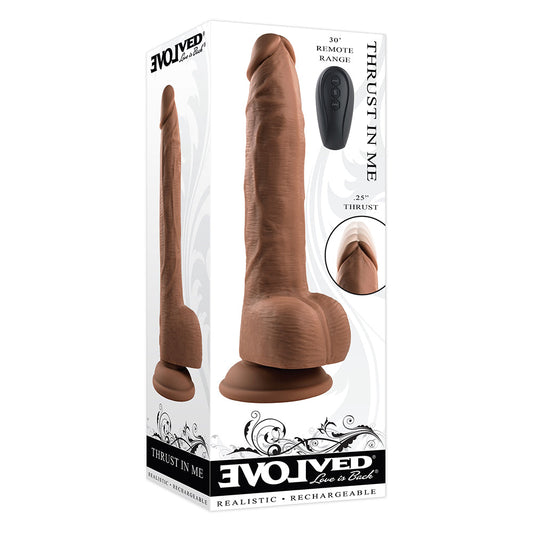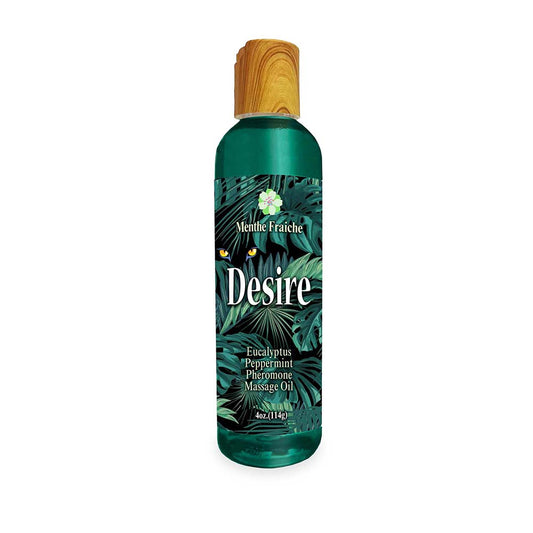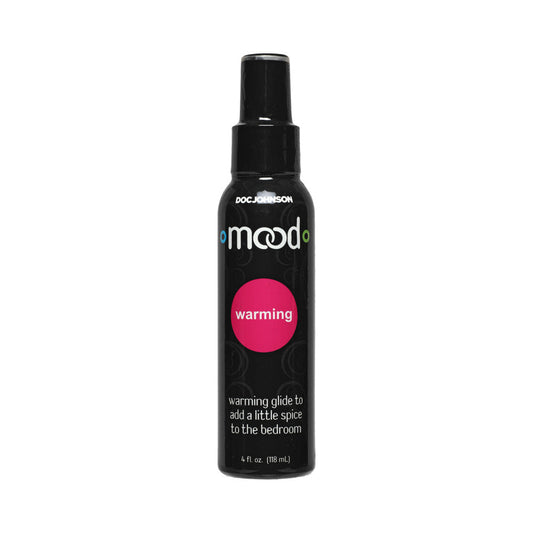
Curiosity about kink often leads people to ask, "What is CBT in BDSM?" This consensual practice involves pain or constriction on male genitals and can bring pleasure for those who enjoy it.
In this blog, readers will learn the basics of CBT, including practices, tools, and safety tips. Explore more if you're ready to understand its role in BDSM activities.
Understanding CBT in BDSM
CBT in BDSM involves stimulating the male genitals through consensual and controlled methods. It combines physical sensations with psychological dynamics to enhance sexual kink and power exchange.
Definition and purpose
Cock and Ball Torture (CBT) focuses on inflicting pain or discomfort on male genitals during consensual BDSM activities. It combines elements of sadomasochism, erotic pain, and sexual humiliation to create sensations that appeal to masochistic pleasure seekers or those who wish to please a sadistic dominant partner.
The purpose varies depending on the individuals involved. Some engage in CBT for the rush of painful pleasure or the thrill of dominance-submission play. Others find satisfaction in exploring boundaries through genital torture techniques like genital flogging, ball-busting, or urethral play.
The blend of discomfort and control makes CBT a unique form of connection within BDSM.
Role of consent and communication
Consent and communication form the backbone of any safe CBT exploration. Partners should engage in open dialogue to discuss their boundaries, limits, and desires before starting. Mutual respect ensures both parties feel comfortable expressing themselves without judgment.
Using safe words provides a clear way to pause or stop if necessary while maintaining trust between participants.
Negotiation plays a key role in setting expectations for intensity and activities. Empathy helps partners understand each other’s comfort zones during exploration. Adhering to Safe, Sane, and Consensual (SSC) principles protects physical and emotional well-being throughout the experience.
Controlled enthusiasm paired with gradual pacing supports a positive journey into this kink practice.
Popular CBT Practices
CBT practices involve a range of techniques that focus on stimulating or intensifying sensations in the male genitals. These activities cater to varied preferences, offering both physical and psychological excitement.
Ball busting and crushing
Ball busting involves striking the testicles with kicks, knees, or punches. It delivers intense pain and is one of the more extreme painful CBT practices. This activity carries risks like bruising, swelling, or even testicular rupture.
Practicing communication and consent ensures safety while engaging in such genital punishment.
Scrotum crushing uses devices like ball crushers to apply pressure on the testicles. Made from metal or acrylic materials, these tools often use screws to control how much squeezing occurs.
Ball stretchers can also elongate the scrotum for added sensation by pulling it downward. Weights range between 150 grams and 1200 grams, with lengths spanning 2-10 centimeters (1-4 inches).
Penis flogging and slapping
Penis flogging and slapping stand out as popular CBT activities. These practices focus on controlled pain infliction for heightened sensation play. Partners use hands, paddles, or small floggers to strike the penis gently or with force, depending on agreed intensity levels.
This form of impact play delivers a mix of erotic stimulation and physical discomfort.
Genital torture like this requires mutual consent and ongoing communication between partners. Many use specific devices to ensure safety while achieving desired effects. Beginners are encouraged to start lightly before increasing pressure gradually over time.
Wax play and temperature play
Building on the idea of exploring sensation through impact play, wax play and temperature play bring a new level of erotic sensation. Wax play involves dripping warm or hot wax onto sensitive areas like the genitals to heighten arousal and deliver controlled pain.
Different types of candles are used for this, but it is crucial to ensure they are body-safe with low melting points to prevent burns. For example, soy-based candles often melt at lower temperatures compared to traditional paraffin ones.
Temperature play introduces contrasts by using ice cubes or heated objects during BDSM scenes. Ice can be glided along the skin for a numbing yet stimulating effect, while warmed items such as glass dildos offer deeper sensations.
Both forms rely heavily on communication between partners to gauge comfort levels and avoid injuries. These practices embrace kink exploration while blending erotic pain with sensory pleasure in unique ways.
Urethral play and sounding
Urethral play involves inserting objects into the urethra for physical and sensory stimulation. Sounding, a specific type of urethral play, uses medical-grade tools called sounds to create unique sensations.
Many individuals explore this practice with urethral dilators or catheters designed specifically for safety and comfort. Urethral toys often come in stainless steel or silicone materials to prevent irritation.
Urethral sounding kits include various sizes of rods that help users gradually increase diameter over time. This slow progression supports safe urethral stretching while reducing risks of injury.
Proper lubrication is essential during insertion to enhance comfort and minimize friction. Experts recommend using high-quality sterile lubricants alongside these tools for hygienic use every time.
Tools and Devices Used in CBT
Explore various tools that enhance safety, control, and stimulation during cock and ball play.
Ball stretchers and crushers
Ball stretchers, made from materials like leather, rubber, or stainless steel, are designed to elongate the scrotum. These testicle stretching devices can create sensations ranging from mild tension to intense stimulation during cock and ball torture play.
They come in various sizes and weights to suit different levels of experience.
Ball crushers apply pressure to the testicles by tightening a clamp-like mechanism. Often paired with bondage or genital punishment tools, they allow users to control intensity for desired pain thresholds.
Many enthusiasts utilize these male genital torment devices as part of consensual BDSM scenarios focused on power dynamics and sensory play.
Parachutes and humblers
Parachutes and humblers specifically target the scrotum, adding unique challenges in cock and ball torture practices. Parachutes are leather collars designed to wrap around the scrotum snugly.
These BDSM devices allow attachment of weights that can reach up to 35 kg, creating intense sensations for male submissives who enjoy genital torture. Adding or adjusting weight levels provides varying degrees of discomfort based on individual tolerance.
Humblers take control further by forcing wearers into a forward-folding position. This device locks behind the thighs while holding the scrotum tightly in place, making movement difficult and uncomfortable.
Their restrictive nature amplifies feelings of helplessness while testing endurance during play sessions. Both tools serve as effective male submissive tools within power exchange dynamics.
Cock harnesses and anti-erection devices
Cock harnesses, such as the "Gates of Hell," restrict erections by applying controlled pressure around the shaft and base. These devices often include multiple rings or straps that prevent blood flow, making sustained arousal difficult.
Early designs incorporated sharp projections or mild electrical shocks to increase intensity.
Anti-erection tools like these help with orgasm denial and enhance control during BDSM scenes. They serve as effective male chastity devices, offering a mix of restraint and psychological stimulation.
Transitioning into other CBT tools showcases more ways to explore this dynamic kink safely and effectively.
Cock cages and plugs
Transitioning from cock harnesses and anti-erection devices, cock cages provide a higher level of control. These chastity devices prevent erections while intensifying arousal through restriction.
Made from materials like metal or silicone, they secure the penis in place as part of male bondage. Many users value the psychological thrill and physical restraint these tools bring during play.
Plugs offer additional stimulation by targeting sensitive areas like the urethra or anus. Urethral plugs are slim insertables that create unique sensations inside the penis, enhancing CBT experiences.
Anal plugs, on the other hand, deepen pleasure by stimulating internal pressure points. Both genital restraints enhance sexual exploration for those seeking creative ways to engage in controlled torture practices safely.
Safety Guidelines for CBT
Prioritize open communication to ensure mutual comfort and trust during activities. Always use proper tools designed for safe and consensual play.
Establishing boundaries
Clear communication is essential for setting boundaries during cock and ball torture (CBT). Partners must discuss physical limits, emotional comfort, and potential risks before engaging in any activity.
Highlighting the importance of consent ensures both parties understand what is allowed and what crosses a line. For instance, some individuals may tolerate light impact but feel unsafe with urethral insertion or extreme pressure.
Discussing safety measures helps prevent injuries during CBT sessions. Gradual pressure application avoids severe damage like testicular rupture or torsion. Partners should establish safe words to pause activities immediately if discomfort arises.
These boundaries reduce risks such as loss of blood flow or erectile dysfunction, ensuring all actions align with mutual trust and enjoyment.
Gradual intensity and pacing
Safe exploration of CBT starts with a gradual buildup to avoid injury. Practitioners should begin with light stimulation, allowing the receiver to adjust before increasing intensity.
This step-by-step pacing helps determine comfort levels while ensuring consent and trust remain intact. Controlled escalation maintains activities within safe limits.
A gradual approach enables both partners to manage intensity effectively. Slow and steady pacing fosters opportunities for open communication during sessions. Gradual progression enhances enjoyment while minimizing risks associated with sudden or extreme actions.
Importance of aftercare
Aftercare helps address any physical or emotional distress after CBT activities. It ensures that all participants feel safe, supported, and cared for following intense scenes. This step involves tending to possible soreness, bruises, or discomfort experienced by those involved.
Emotional reassurance also plays a critical role in helping individuals process the experience positively.
Providing ongoing support fosters trust and well-being within dynamic kink relationships. Participants can use ice packs for swelling or soothing lotions on sensitive areas as part of posttreatment care.
Comforting gestures like cuddling, verbal affirmations, or hydration aid recovery effectively. Moving forward, understanding popular CBT practices enhances safety and enjoyment during exploration of these kinks in BDSM settings.
Conclusion
Cock and Ball Torture (CBT) is a unique practice within the BDSM community. It focuses on consensual pain or stimulation of male genitals, blending pleasure with control. Proper communication and safety are essential to ensure a positive experience.
Exploring CBT can deepen trust between partners while providing intense sensations for those interested in kink play. Always prioritize consent, preparation, and care for the best results in such activities.
FAQs
1. What is CBT in BDSM?
CBT, or Cock and Ball Torture, is a form of consensual kink play focused on stimulating or inflicting controlled pain to the male genitals for pleasure.
2. Is CBT safe to practice?
It can be safe if done with proper knowledge, clear communication, and consent between partners. Always use techniques that minimize injury risks.
3. Why do people engage in CBT within the kink community?
Many enjoy it for heightened sensations, exploring power dynamics, or achieving deeper intimacy through trust and shared experiences.
4. How can someone start exploring CBT safely?
Begin with open discussions about boundaries and comfort levels. Use gentle methods at first while learning how your body responds to different sensations.



